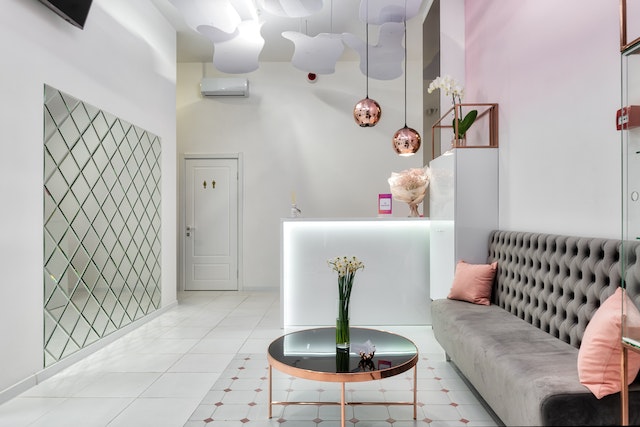Introduction
Hospitality is all about creating an inviting atmosphere where guests feel relaxed, comfortable, and pampered. Lighting plays a crucial role in achieving this ambiance, as it can enhance the overall experience, influence mood, and elevate the aesthetics of a space. In this blog, we will delve into the world of hospitality lighting, exploring the importance of lighting in various settings and offering valuable insights into how to design lighting solutions that leave a lasting impression on your guests.
- Setting the Mood: The Art of Ambiance
In the world of hospitality, the ambiance you create can make or break a guest’s experience. Lighting is a powerful tool for setting the mood:
a. Warm vs. Cool Lighting: Understand the psychological impact of warm and cool light temperatures and how they can be used to create different moods.
b. Dimming and Control: The importance of dimmable lighting systems and smart control options for adjusting lighting according to the time of day or specific events.
c. Accent Lighting: Highlighting architectural features, artwork, or design elements using accent lighting to create focal points and visual interest.
- The Hotel Lobby: A Grand Entrance
The hotel lobby is the first impression guests have of your establishment. Proper lighting in this space is crucial for making a memorable and welcoming entrance:
a. Chandeliers and Pendants: How large fixtures can add elegance and a sense of luxury to the lobby.
b. Task Lighting: Provide functional and well-placed lighting for the check-in desk, concierge, and seating areas.
c. Natural Light Integration: Maximizing natural light sources and integrating them with artificial lighting for a seamless transition from day to night.
- Guest Rooms: A Haven of Comfort
Guest rooms are where your visitors seek rest and relaxation. Hospitality lighting in these spaces should cater to their comfort and convenience:
a. Bedside Lighting: Wall-mounted sconces, table lamps, or integrated reading lights to provide focused illumination for bedtime reading.
b. Ambient Lighting: Ceiling fixtures and task lighting to create a warm and inviting atmosphere.
c. Smart Lighting Controls: Allow guests to personalize their room’s lighting to their preferences using user-friendly controls.
- Dining Spaces: A Culinary Experience
Restaurants and dining areas are a significant part of the hospitality industry. Here, lighting sets the stage for a delightful culinary experience:
a. Pendant Lights: Over dining tables, pendant lights add an intimate, cozy feel to the dining space.
b. Dimmable Lighting: Adjustable lighting to accommodate daytime and evening dining settings.
c. Accent Lighting: Highlighting food displays and interior design elements, enhancing the visual appeal of the restaurant.
- Outdoor and Landscape Lighting: Aesthetic and Security
Outdoor spaces such as gardens, patios, and pathways need thoughtful illumination for both aesthetics and security:
a. Path Lighting: Guiding guests safely through outdoor areas with well-placed path lighting.
b. Decorative Lighting: Enhancing the beauty of gardens, water features, and architectural elements with decorative fixtures.
c. Security Lighting: Ensuring the safety of guests by effectively lighting parking lots and other outdoor spaces.
- Energy Efficiency and Sustainability
In today’s world, sustainability is a key consideration for both businesses and consumers. Explore how you can make your hospitality lighting eco-friendly:
a. LED Lighting: The benefits of energy-efficient LED lighting in reducing electricity costs and environmental impact.
b. Motion Sensors and Timers: Reducing energy consumption through smart controls that turn lights off when not in use.
c. Daylight Harvesting: Integrating sensors to adjust artificial lighting based on available natural light.
